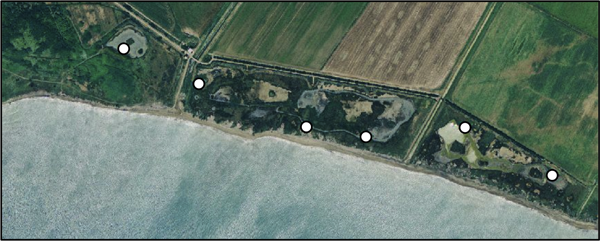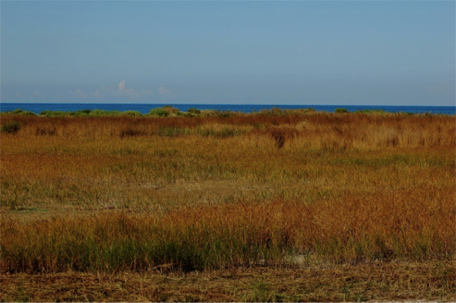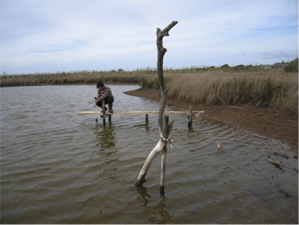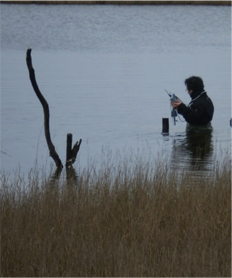Bacterioplankton in the wetlands of the Natural Reserve of Macchiatonda

The wetlands are very important ecosystems due to their role in improving water quality and providing support to biodiversity. To study their dynamics is a very important issue at the moment, due to the new wetlands managing trends, started in the last years: these areas are not drained anymore and new ones have been created even in areas where they were formerly absent. Both the good managing practices and the ecological value of wetlands depend on the maintenance of the proper microbial communities. The aim of our project is to elucidate the microbial communities structure in the different areas within the wetland and to understand and manage their changes in relation to abiotic and/or biotic factor variation. The analysis of the wetland microbial communities represents a pioneeristic study; hitherto, this is still a little explored field. It has a great importance from a managing point of view, because it will allow proper interventions, if alterations, due to environmental factors, happen. In the wetlands of the Natural Reserve of Macchiatonda the study of bacterioplankton dynamics - including the possible diffusion of resistant microorganisms by migratory birds - has been considered of local strategic interest and has been funded by the CARICIV Foundation (Cassa di Risparmio di Civitavecchia) with grants in 2009 and 2010. The research project takes place in the beautiful scenario of the wetlands present in the Natural Regional Reserve of Macchiatonda (Santa Severa, Rome) in connection with the Director of the Park, Domenico "Mimmo" D'Amelia and his team of enthusiastic and active rangers.
Evangelisti M., D’Amelia D., Di Lallo G., Thaller M.C., Migliore L. (2013) THE RELATIONSHIP BETWEEN SALINITY AND BACTERIOPLANCTON IN THREE RELIC COASTAL PONDS (Macchiatonda wetland, Italy). Journal Water Resource and Protection, 5(9): 859-866. DOI:10.4236/jwarp.2013.59087.
The great environmental importance of wetlands is linked to the high biodiversity of flora and fauna they support, so that the international Ramsar Convention, already in 1971, focused on these areas and highlighted the need to preserve them. Although the bacterial communities that thrive in these ecosystems play a key role in regulating the local biogeochemical processes, their distribution, abundance and dynamics are yet poorly known. This work is aimed to study the bacterial assemblages during the year, to contribute to the understanding of the natural processes occurring in wetlands at variable salinity. The presence of bacterial groups, species or assemblages, indeed, could provide a useful bioindicator for conservation and restoration efforts. The wetland in the Macchiatonda Natural Reserve (Santa Severa, Rome, Italy) is a relic ecosystem, once found all along the Tyrrhenian coast. This wetland encompasses three coastal ponds at different salinity, where both peculiar vegetation and highly diverse migratory and resident avifauna can be found. This ancient system has been scarcely investigated and nothing is known about its microbial community. Out of the three ponds, two are located close to the waterline and exposed to marine ingressions; the third one is located more inland is not exposed to direct seawater input. The molecular metagenomic analyses performed to investigate the salinity/bacterioplankton relationship, highlighted differences in the bacterial structure, between ponds and seasons. Analogous trends in SSCP profiles, Shannon Index, and bacterial composition (16S) were observed in the two saltier ponds , whereas the entire set of results was different for the less salty one. The species diversity in the three ponds varied according the salinity gradient, with the maximum diversity corresponding to a salt concentration range between 20 and 30. At higher and lower salinity, the microbial diversity lowers, according to the ‘Intermediate Disturbance Hypothesis’.

Stagno Alberobello

Stagno Piscinula



